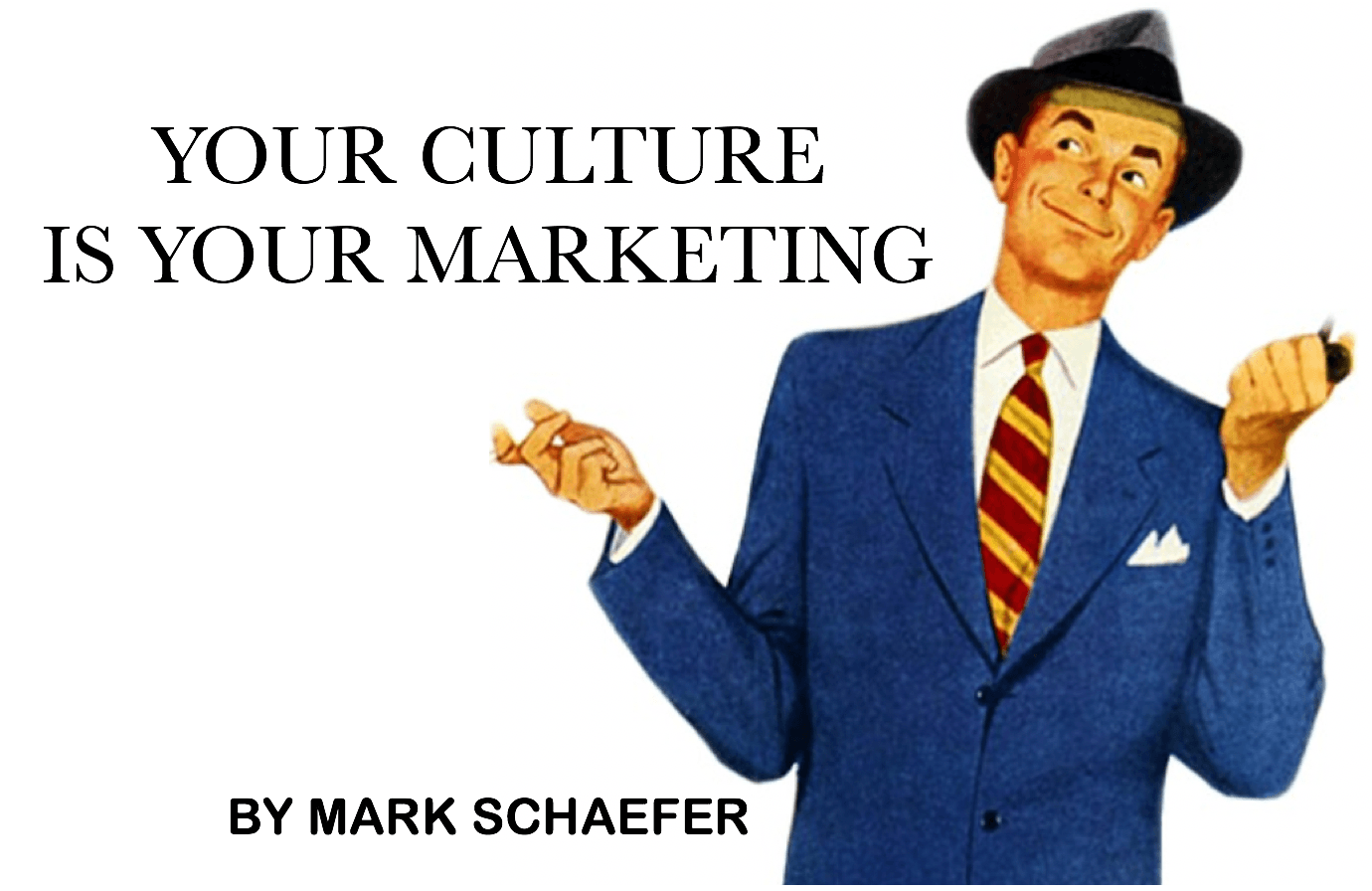
In the course of working on the Marketing Rebellion book, I had the chance to interview Chris Savage, CEO of Wistia. We had a fantastic conversation and he said something that I thought was incredibly wise and insightful. Instead of explaining it, I’ll let Chris tell the story in his own words:
“When we started out, we didn’t have any deliberate marketing strategy. We were messing around in our office and just shot a video that was behind the scenes of what it was like to work at Wistia. No voice over or anything. It was just shots of the team working to music. And the thing made it to Hacker News and it went viral. People were talking about how cool and interesting it was.
“I thought we were on to something, so we did more of that kind of open video. We basically did it for our own enjoyment – it was essentially something we could send to our parents! It was funny, because these videos were never intended to get us customers. We weren’t selling a thing. And two weeks later … we had a bunch of new customers.
“It was this interesting moment because we had been talking about our product a lot and it wasn’t moving very fast and then we stopped talking about our product and instead showed who we are, and we got a bunch of new customers buying our product!
“I started to learn that our company culture is our marketing. I began to realize that if I screw up the culture of this company, it will directly impact our ability to market ourselves.
“It goes back to creating a culture that enables storytelling, connections, community. It goes back to all of those things that mattered to us before the internet. It’s about that human connection and emotion.”
Marketing and organizational culture
The more I think about his statement, the more I realize how true and important it is. It explains why some companies are thriving in the current environment of hyper-empowered consumers and why some are failing.
The hallmark of Wistia’s culture is transparency. The company leaders are accessible, honest, and nurturing of a commercial environment that is integrated with its customers.
Customers are actively involved in the company, including Slack groups dedicated to every aspect of the company’s products and services. Chris describes his customers as “fans” who are cheering for the company. Most of his new business comes from referrals.
The end of the easy button
Wistia has rolled up its sleeves and invited the customers into the family. The company has online channels, webinars, and live events to maintain a constant dialogue with its customers. Chris told me they have 6,000 customer conversations a month. They’ve built their organization to be intensely customer-responsive.
I’m in touch with many diverse companies, and a hallmark of marketing today is that we’re over-automating our commercial efforts. It’s intoxicating to think we can multiply our reach and lower our costs through automation, but much of the time, this is in conflict what people really want. There is no marketing easy button. You have to do the work.
Nobody ever became a “fan” of a company because of robo-calls, lead nurturing, or email blasts. Chris has true fans because he has developed an organizational culture that is unafraid to actually befriend its customers.
If you compare what Wistia is doing to the marketing efforts of many established companies, you can start to understand why their ossified marketing approaches won’t work in today’s consumer environment.
Customer loyalty is over in most places. Across most industries, 87% of customers now shop-around. In this post-loyalty era, Wistia is beating the odds and creating true fans with marketing that has a compassionate, human touch — an extension of their organizational culture.
Follow Mark on Twitter, LinkedIn, YouTube, and Instagram.